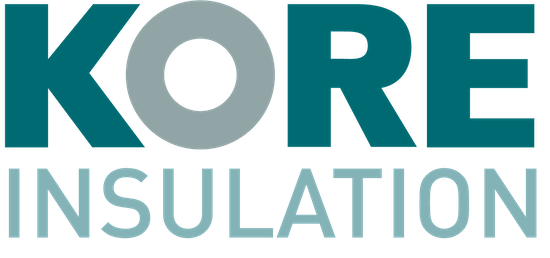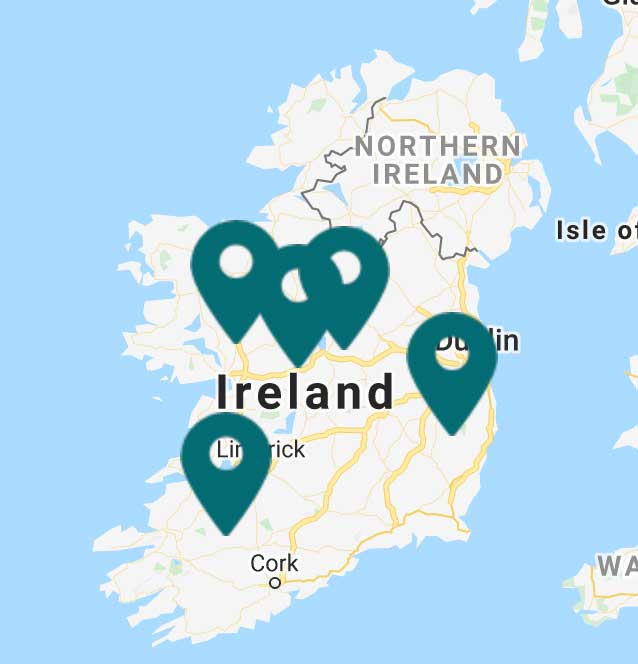
The European Commission has proposed a new target for meeting energy efficiency savings by the year 2030. The new proposed target of 30% goes further than the 25% required to meet C02 reductions of 40% by the same year. In addition to saving businesses and consumers money on their energy expenditure, the new energy efficiency targets will help improve energy security and reduce dependence on imports, reduce the EU’s overall carbon footprint, promote job growth and create new opportunities for businesses across the EU.
The proposed target builds on the European Energy Directive’s overall goal to reduce greenhouse gas emissions by 80-95% below 1990 levels by the year 2050 among all Member States.
What are the benefits of increased energy efficiency?
The most far-reaching benefit of energy savings is our reduction in greenhouse gas emissions that contribute to global warming. The effects of global warming include an increase in the frequency and duration of heat waves, an increase in catastrophic weather events across the globe and an increase in sea level and flooding of coastal areas. Global warming has an impact on the lives of every human being and living creature with which we share the world.
There are many social and economic benefits that come along with increased energy efficiency. At the forefront is building energy efficiency, ensuring our homes and places we work reduce the amount of energy consumed. The energy buildings use account for 40% of the EU’s total energy consumption – making it a top priority to ensure we reach both the 2020 and 2030 targets set by the European Energy Directive.
There are a number of energy efficiency measures that can be implemented into buildings across the EU that will help reduce overall energy consumption, whether the measures are part of a new build or retrofitting existing buildings. The thermal characteristics of the building (i.e. insulation), hot water supply, air conditioning, lighting and the temperature of the living space can all be taken into consideration when installing energy efficiency measures.
When planning, designing and constructing a new home, it’s important to take into account local solar exposure, the use of natural lighting, the use of mechanical heat recovery ventilation systems and any other local renewable resource that can be implemented into the design. Building to passive standards can ensure our buildings reach optimal energy efficiency. By the end of 2020, all new buildings within the EU must be nearly zero-energy buildings.
Ireland has already started to ensure that buildings live up to a certain standard for energy efficiency. Several government-funded schemes, such as the Better Energy Homes Scheme and the Warmer Homes Scheme provide grants to homeowners who implement energy efficiency measures such as attic and wall insulation and energy efficient boilers. All new buildings must include a Building Energy Rating Certificate (BER Cert) that displays the energy efficiency of that particular building. The same is true when older houses are sold or government-funded energy efficiency measures are installed. The same is true for commercial properties.
Energy efficiency doesn’t end with our buildings. Anything that consumes energy can be designed to become more efficient. For example, hybrid and electric-powered cars and vans can significantly reduce C02 emissions and increase fuel efficiency. Energy efficiency labeling on refrigerators, washing machines, ovens and other appliances can help consumers make energy-conscious purchasing decisions.
Other energy efficiency measures that will enable the EU to reach this proposed 30% target include enforcing minimum product standards for energy efficiency, smart meters for electricity and gas and increasing financing through EU structural funds.
How much will the proposed energy efficiency target cost to implement?
Energy efficiency isn’t free – but the initial cost of implementing new measures will pay off in the long run. Take into consideration the cost of upgrading insulation of an existing building using expanded polystyrene. While there may be an initial cost for installing such a measure, the end result is a product that will last the lifetime of the building while significantly reducing the amount spent on heating and cooling.
The same can be said about meeting the 30% energy efficiency target proposed for 2030. Investments will come from the private sector with public funds used as leverage – amounting to an estimated €89 billion per year. The cost added to the EU’s energy system is estimated to amount to around €22 billion if you compare it to the ‘business as usual’ scenario (i.e. we do nothing about energy efficiency and continue on the same path as we are today).
While the initial cost of investment may seem high, the 30% target is expected to reduce the amount spent on energy by €53 billion per year alone. Every percentage point added on to the energy efficiency target reduces our dependence on gas imports by an estimated 2.6%. The proposed energy efficiency target has the added benefit of supporting local jobs, promoting the advancement of technology, creating a competitive marketplace and decreasing our carbon emissions into the atmosphere.
Where do we stand today?
As it stands today, the EU and its Member States will reach 18 to 19% of the 20% energy savings target that has been set for 2020. So far only five countries – Cyprus, Denmark, Italy, Malta and Sweden have full national legislation set to meet the European Energy Directive. While other Member States are expected to announce national legislation in the near future, the 5 June 2014 deadline has already passed. Infringement proceedings will start against those that have failed to comply with the directive. Four other countries – Austria, Belgium, Finland and Poland have been referred to court for failure to implement the Energy Performance of Buildings Directive into national legislation.
Even with Member States failing to fully comply with the European Energy Directive, we’ve still made significant progress towards our energy savings targets. If all countries adopt the policies outlined in the EED, we should easily surpass the 20% target for 2020 and be well on track for reaching 30% energy efficiency by 2030.
New buildings in the EU consume about half as much energy as they did in 1980, while we’ve seen a decrease in energy intensity by almost 19% between 2001 and 2011. Energy efficient appliances have made it possible for the average household to save around €465 on annual energy bills. Combined this number should surpass €100 billion per annum.
While the 30% energy efficiency target for 2030 has not yet been finalised, the European Council will make its final decision on the 23rd and 24th of October. Find out more about the European Energy Directive by visiting the official website of the European Union.

